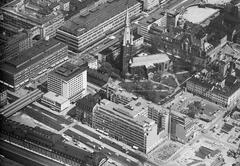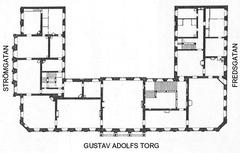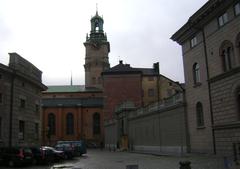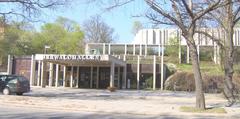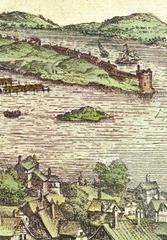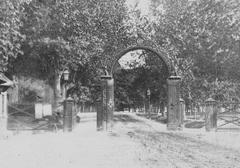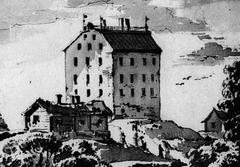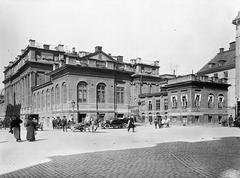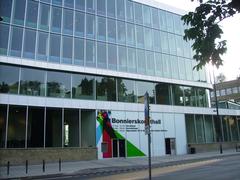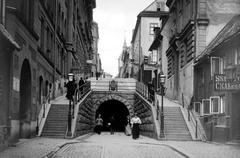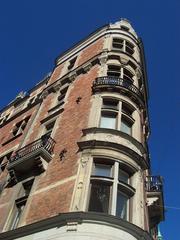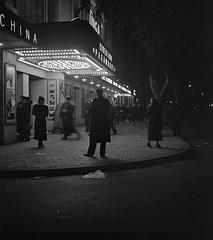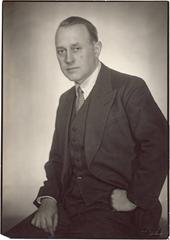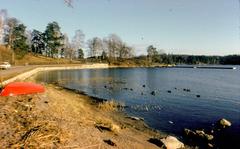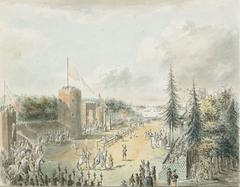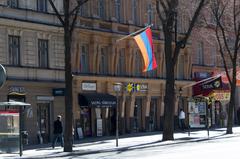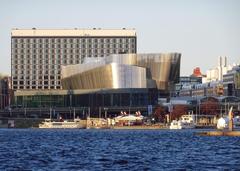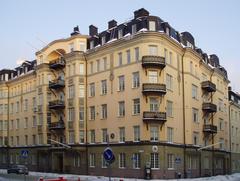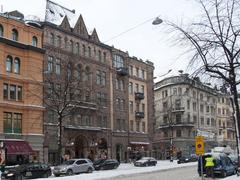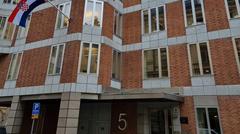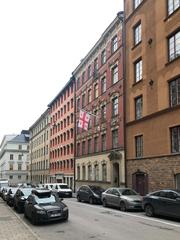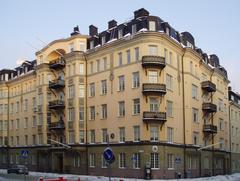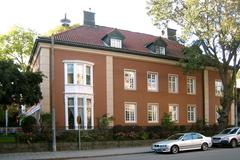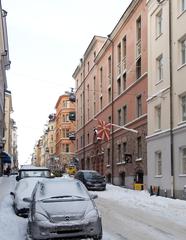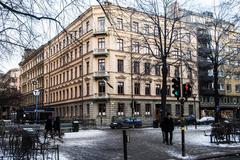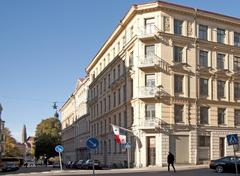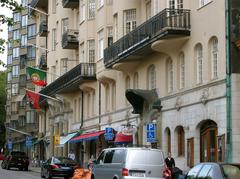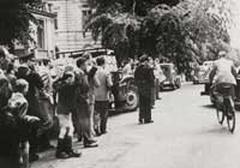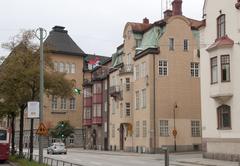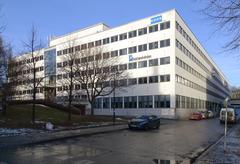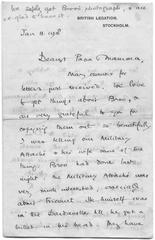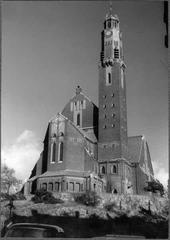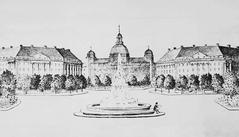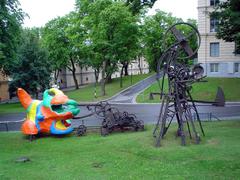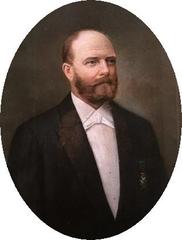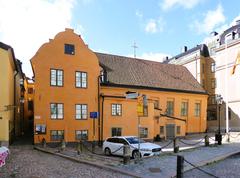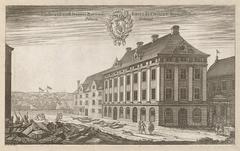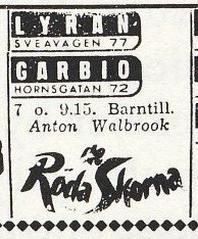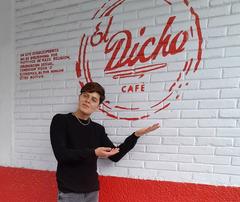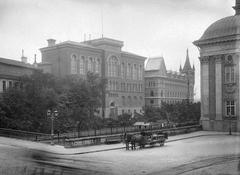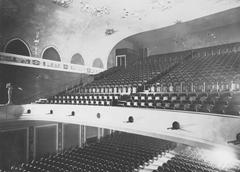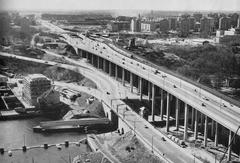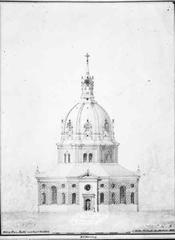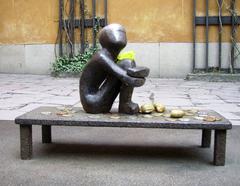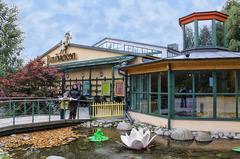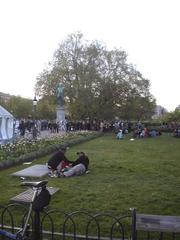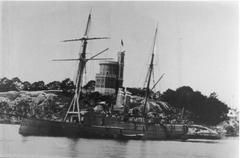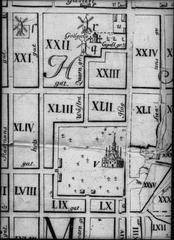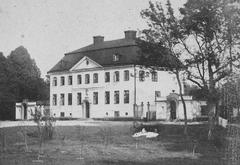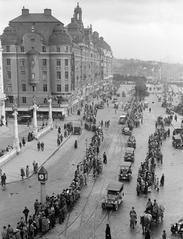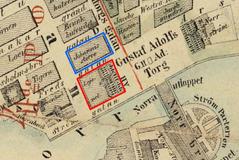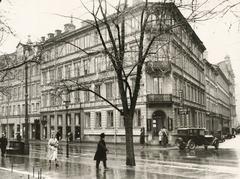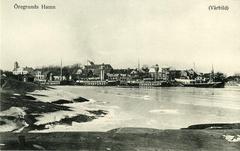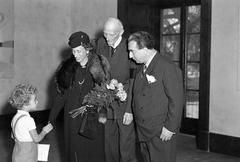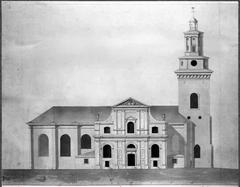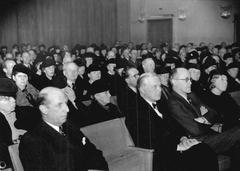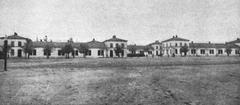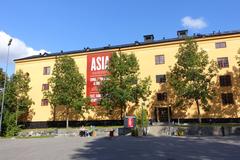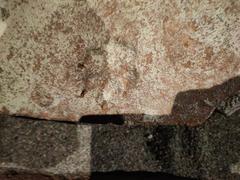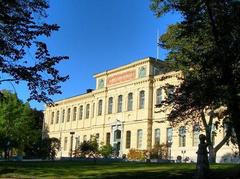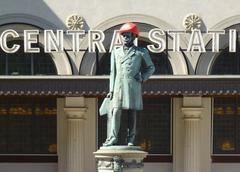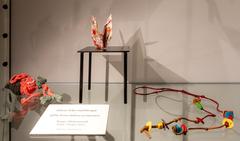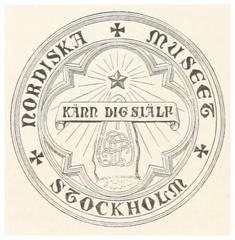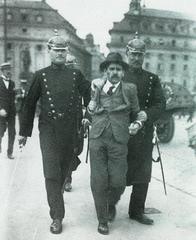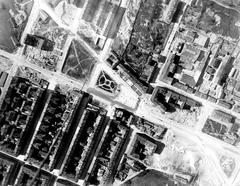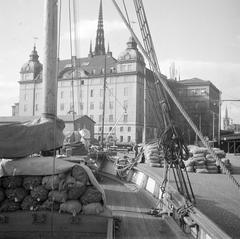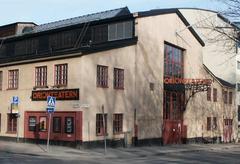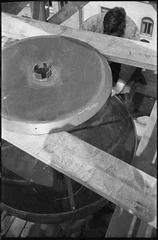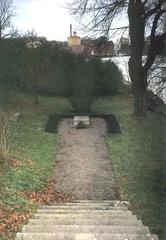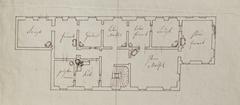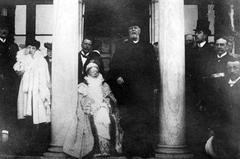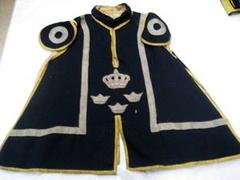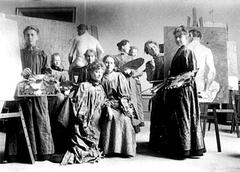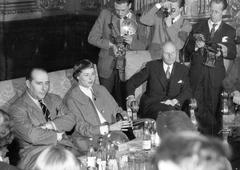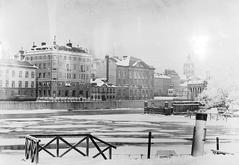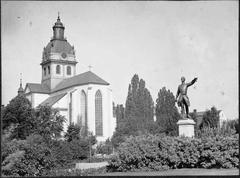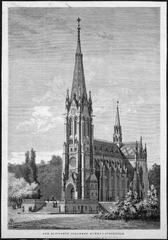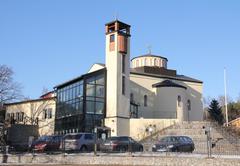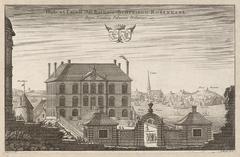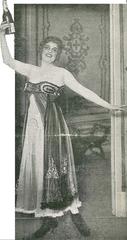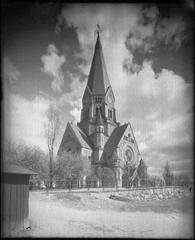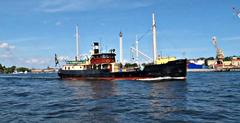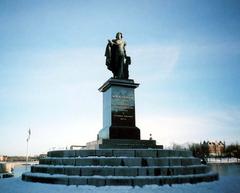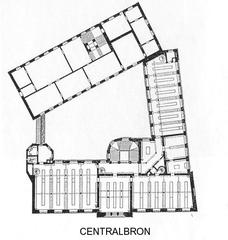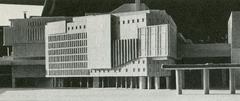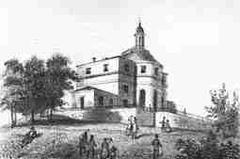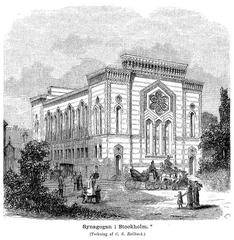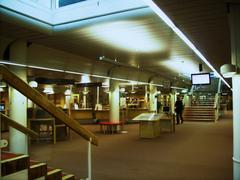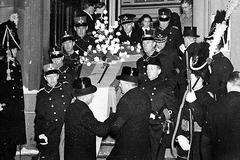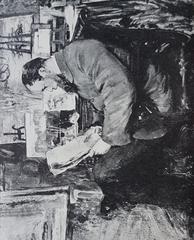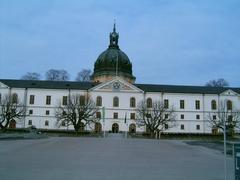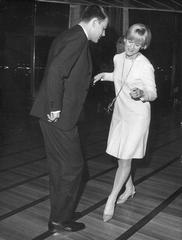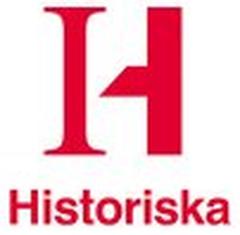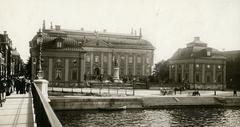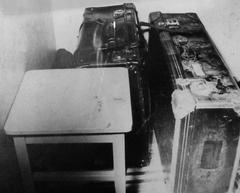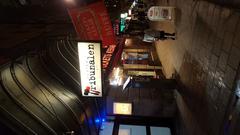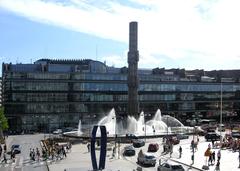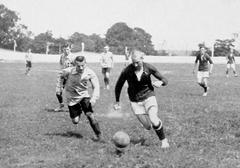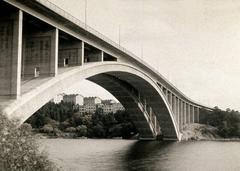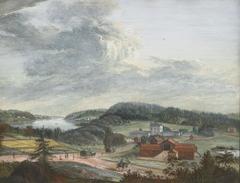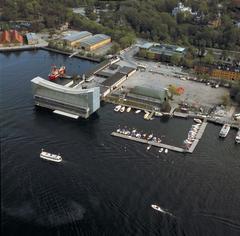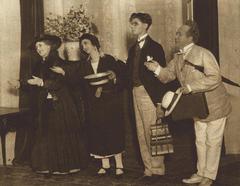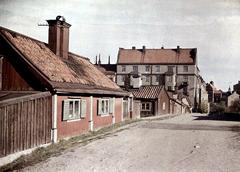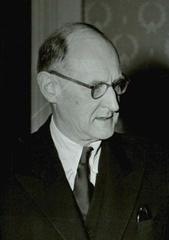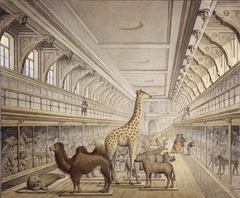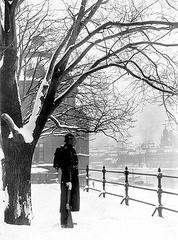Visiting Hours and Tickets for Judarskogen, Stockholm
Date: 23/07/2024
Introduction
Nestled in the Bromma district of Stockholm, Sweden, Judarskogen Nature Reserve is a remarkable destination that seamlessly blends natural beauty with historical significance. Spanning approximately 90 hectares, this protected area offers visitors a diverse range of experiences, from hiking and birdwatching to exploring ancient farmsteads and stone walls that date back to the Iron Age. Established as a nature reserve in 1995, Judarskogen is named after Lake Judarn, a glacial remnant formed around 10,000 years ago (Stockholm City website). The reserve’s rich ecological tapestry includes deciduous and coniferous forests, wetlands, and meadows, making it a haven for a variety of flora and fauna, including rare species like the lady’s slipper orchid and the tawny owl (Swedish Ornithological Society). Open year-round and free to the public, Judarskogen is an accessible and inviting destination for nature enthusiasts, history buffs, and casual visitors alike. This comprehensive guide aims to provide all the information you need to make the most of your visit, from practical travel tips to insights into the area’s cultural and ecological importance.
Table of Contents
- Introduction
- History and Significance
- Ecological Significance
- Visitor Information
- Cultural and Recreational Importance
- Conservation Efforts
- Future Prospects
- FAQ
- Conclusion
History and Significance
Early History
Judarskogen has been inhabited since the Iron Age, with archaeological findings indicating human activity dating back to around 500 AD. The name “Judarskogen” is derived from Lake Judarn, a remnant of the last Ice Age formed about 10,000 years ago.
Medieval Period
During the medieval period, Judarskogen was primarily agricultural. Historical records from the 13th century mention farms and small settlements in the vicinity. The remnants of old farmsteads and stone walls within the reserve offer a glimpse into the medieval agrarian lifestyle.
Establishment as a Nature Reserve
Judarskogen was designated as a nature reserve in 1995 to protect its unique ecological and historical significance. Covering approximately 90 hectares, the reserve includes diverse habitats such as deciduous and coniferous forests, wetlands, and meadows.
Ecological Significance
Flora and Fauna
Judarskogen supports numerous species of plants, birds, mammals, and insects. Notable plant species include the rare lady’s slipper orchid (Cypripedium calceolus) and the protected common hepatica (Anemone hepatica). Birdwatchers can spot species such as the Eurasian jay, great spotted woodpecker, and tawny owl.
Wetlands and Meadows
The wetlands and meadows within Judarskogen are crucial breeding grounds for amphibians and insects. Lake Judarn supports aquatic life and serves as a vital water source for surrounding wildlife.
Visitor Information
Visiting Hours and Tickets
Judarskogen is open year-round, with no entrance fee required. However, guided tours and special events may have associated costs. For updated visiting hours and ticket information, please visit the Stockholm City website.
Travel Tips
Public transportation is available to Judarskogen, with several bus and metro lines servicing the Bromma district. Parking is also available for those traveling by car.
Accessibility
The reserve features well-maintained trails suitable for visitors of all ages and abilities, including those with mobility challenges.
Nearby Attractions
Nearby attractions include the Bromma Church, Drottningholm Palace, and the Ängbybadet beach, offering additional activities for a full day of exploration.
Cultural and Recreational Importance
Historical Landmarks
Judarskogen features several historical landmarks, including ancient stone walls and remnants of old farmsteads. These sites offer a tangible connection to the past, enhancing the visitor experience.
Recreational Activities
The reserve is a popular destination for hiking, birdwatching, and nature photography. Educational programs and guided tours are often organized to promote awareness of its historical and ecological significance.
Conservation Efforts
Ongoing Initiatives
Conservation efforts in Judarskogen focus on habitat restoration, invasive species control, and public education. One notable project is the restoration of wetlands to enhance habitats for amphibians and other wetland-dependent species.
Community Engagement
Local authorities, environmental organizations, and the community collaborate to ensure the ecological balance is maintained while preserving historical landmarks. Public awareness campaigns and educational programs foster a sense of stewardship among visitors and the local community.
Future Prospects
The future of Judarskogen as a protected nature reserve appears promising. Continued conservation efforts and community engagement are essential to ensure the long-term preservation of its unique attributes. The reserve’s management plan includes provisions for monitoring biodiversity, maintaining trails, and promoting sustainable tourism practices.
FAQ
Q: What are the visiting hours for Judarskogen?
A: Judarskogen is open year-round. For specific visiting hours and any changes, please check the Stockholm City website.
Q: Are there any entrance fees?
A: There is no entrance fee for Judarskogen, but guided tours and special events may have associated costs.
Q: How can I get to Judarskogen?
A: Public transportation options include several bus and metro lines servicing the Bromma district. Parking is available for those traveling by car.
Q: What should I bring when visiting Judarskogen?
A: Comfortable walking shoes, water, and a camera for capturing the natural beauty are recommended.
Conclusion
Judarskogen stands as a testament to the harmonious coexistence of nature and history. Its rich past, diverse ecosystems, and cultural significance make it a valuable asset to Stockholm and a cherished destination for nature enthusiasts and history buffs alike. For more information on Judarskogen and its significance, you can visit the Stockholm City website.

